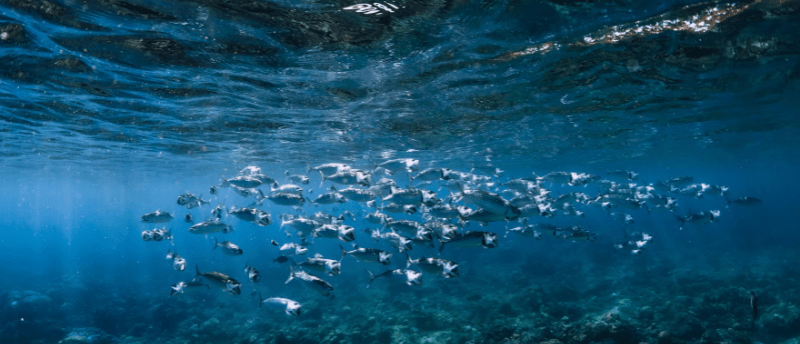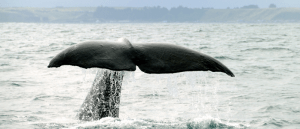Casting a wide net: no-fishing zones bring benefits to migratory species

Researchers have found an increase in migratory fish catch rates in areas surrounding the world’s largest no-fishing zone.
The benefits of no-fishing zones for sedentary species have been reported many times. Though, until now, whether there are benefits for the migratory species passing through them was unknown. That’s why, in a recently published study, a team of researchers at the University of Hawai’i (HI, USA) boarded fishing boats in the areas surrounding the worlds’ largest no-fishing zone, the Papahānaumokuākea Marine National Monument, to collect catch rate data and determine whether tuna populations in the surrounding areas were recovering from overfishing. The team found a significant increase in the catch rates of migratory species surrounding this zone.
Over the past 50 years, global consumption of fish has doubled; driven by increases in consumer demand and global population size. As such, global fish stocks are depleting. This is an issue not only for the environment but also for the people that rely on fish as an important, or the only, source of protein in their diets.
No-fishing zones protect vulnerable species, reducing the pressure from anthropogenic threats like overfishing, and allowing them to increase their population size. Papahānaumokuākea was created in 2006 and is now the largest no-fishing zone in the world following its expansion in 2016. It was created to not only protect its biological resources but also its cultural value; Native Hawaiians consider this area to be sacred and as such it is co-managed by Native Hawaiians, the state of Hawaiʻi, and the federal government.
Whether the positive effects seen in sedentary species would extend to migratory species was unclear as it was believed that these areas couldn’t be large enough to benefit species travelling long distances. To address this unknown, the researchers in this study used catch rates to determine whether yellowfin and bigeye tuna population sizes in areas surrounding the no-fishing zone were increasing.
Catch rates were reported as rising by 54% for yellowfin tuna, 12% for bigeye tuna, and 8% across all species.
 Cultural codas: sperm whale dialects differ between clans
Cultural codas: sperm whale dialects differ between clans
After decades of collaborative research, scientists have decoded Pacific Ocean sperm whale vocalizations, revealing how these whales maintain distinct group identities.
The most likely explanation for why Papahānaumokuākea has been so successful in aiding the recovery of these migratory species is its size, which is almost four times the land mass of California, and the homing behaviour of tuna. Over the past 30 years it has been determined that tuna travel shorter distances from their birth sites than previously thought. As Papahānaumokuākea is a nursery for yellowfin tuna, it is likely that they remain close to, and protected by, the no-fishing zone.
The findings made support the creation of more and larger no-fishing zones, especially as the recovery of tuna populations offers environmental, economic, and cultural benefits.
Papahānaumokuākea is promoting the recovery of bigeye tuna which are classed as Critically Endangered by the IUCN and yellow tuna that were downgraded from Near Threatened to Least Concern in 2021. This will have knock on benefits for other species and overall ecosystem health. Additionally, increasing stocks and productivity will ensure the continuous success of the global tuna fishing industry which generates $40 billion in revenues each year and supports millions of jobs across the world.
Yellowfin and bigeye tuna are an important part of Native Hawai’ian’s diet and culture, so protecting these species will ensure that local communities continue to have access to these vital resources for generations to come. Co-author Sarah Medoff stated, “Being born and raised in Hawaiʻi, I know how important ʻahi is to the community here. It’s not just something eaten in fancy sushi restaurants, it’s the focal point of family gatherings, weddings, birthdays, graduation ceremonies and New Year’s Eve parties. It’s reassuring to know that the monument is protecting this resource for my own children and for future generations.”
These findings are promising and will likely spur future research into the impact of no-fishing zones on other migratory species.